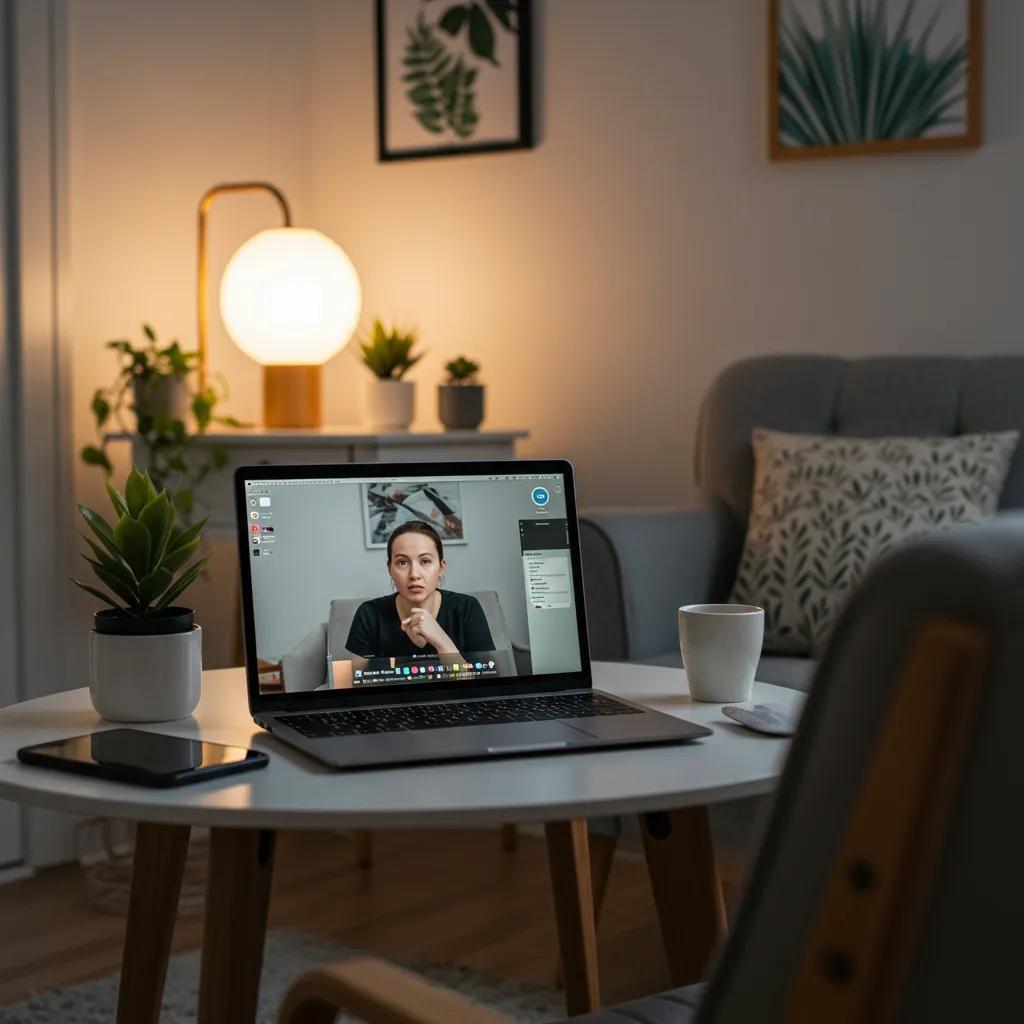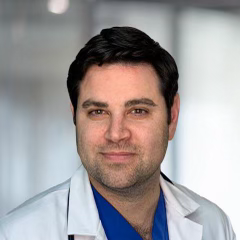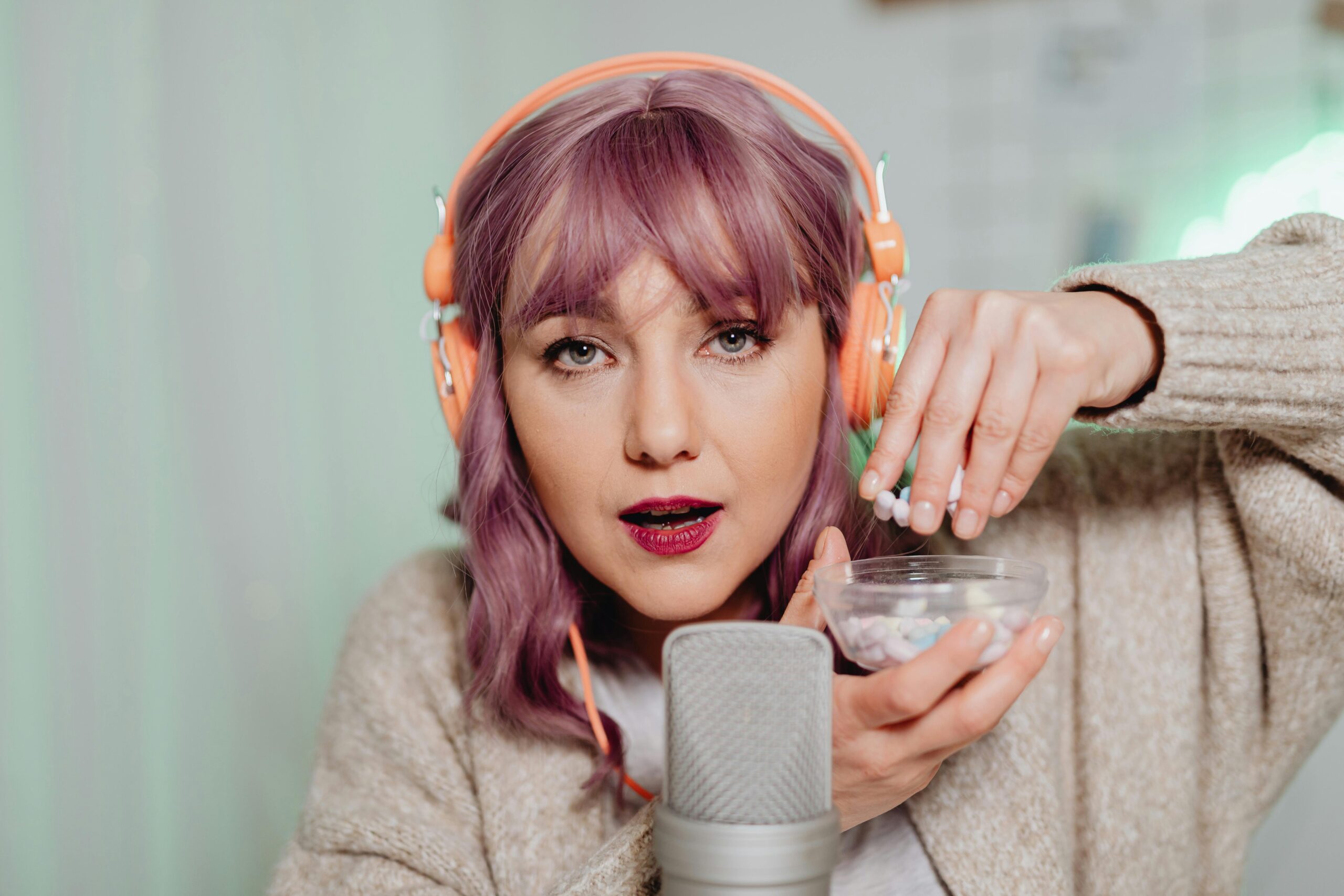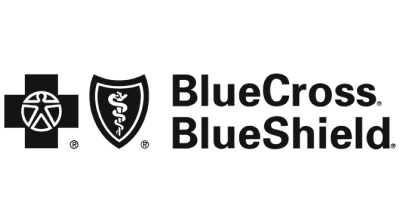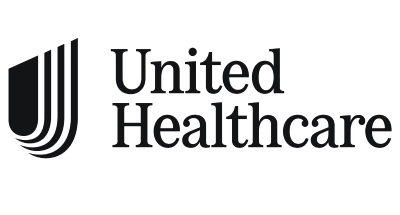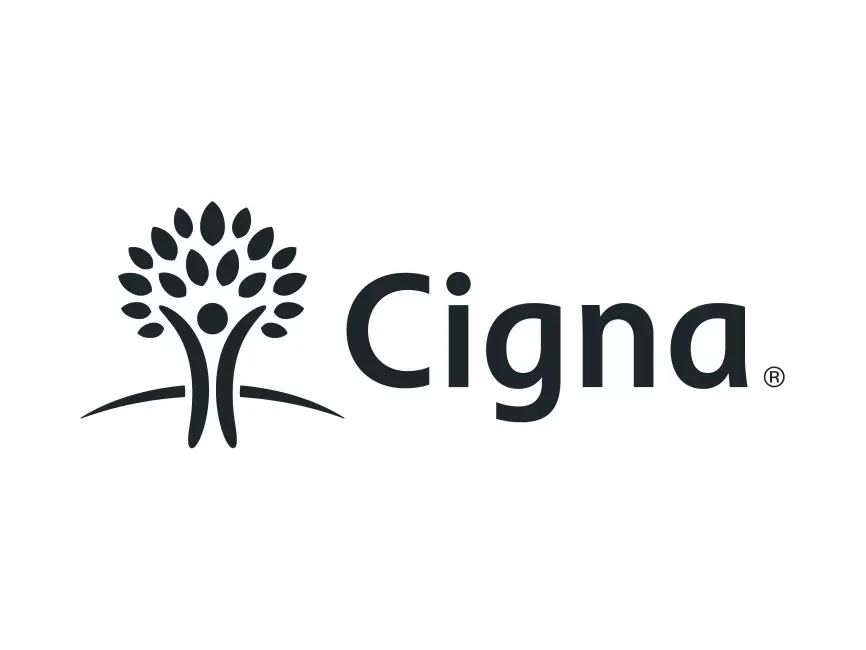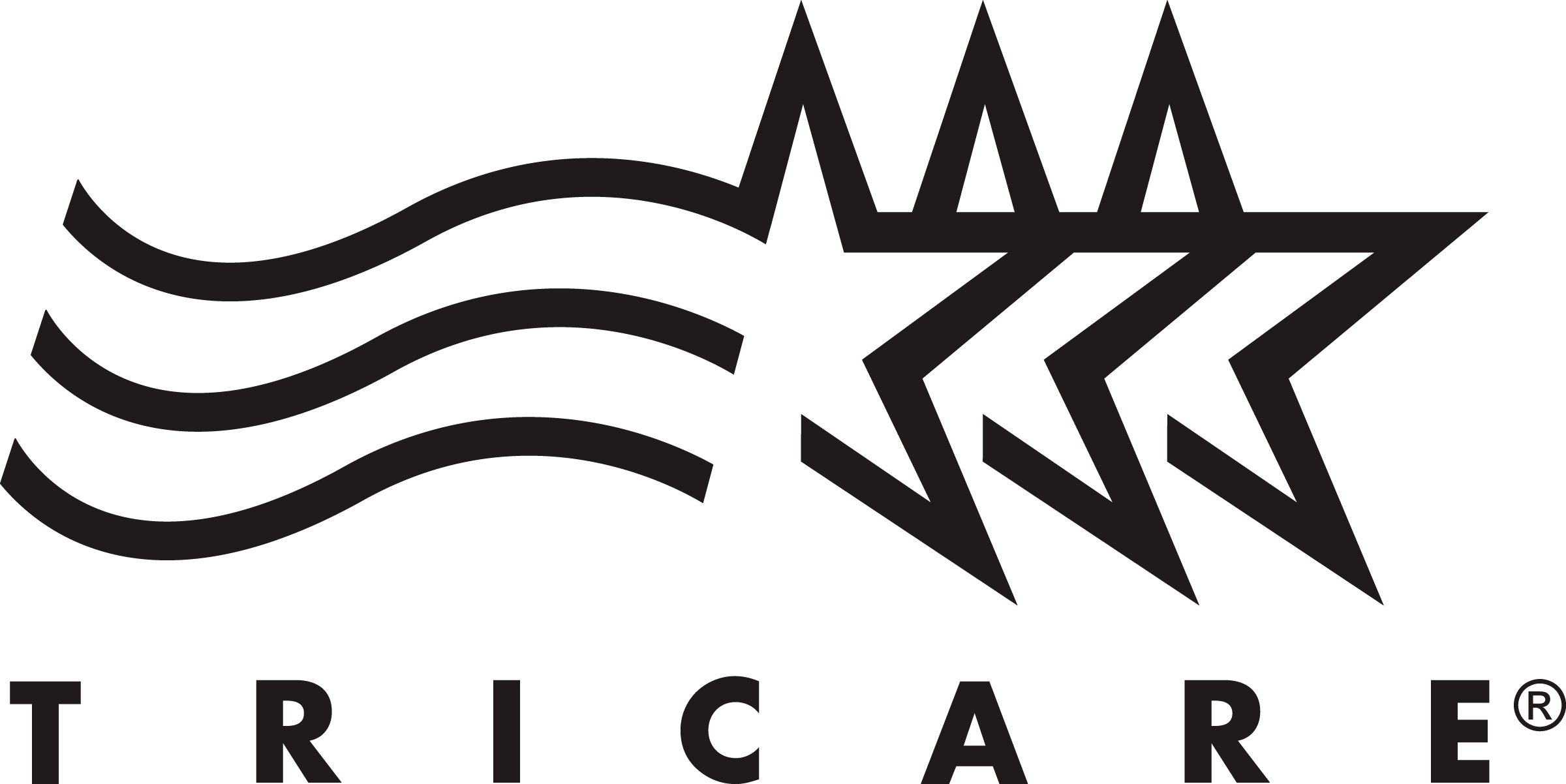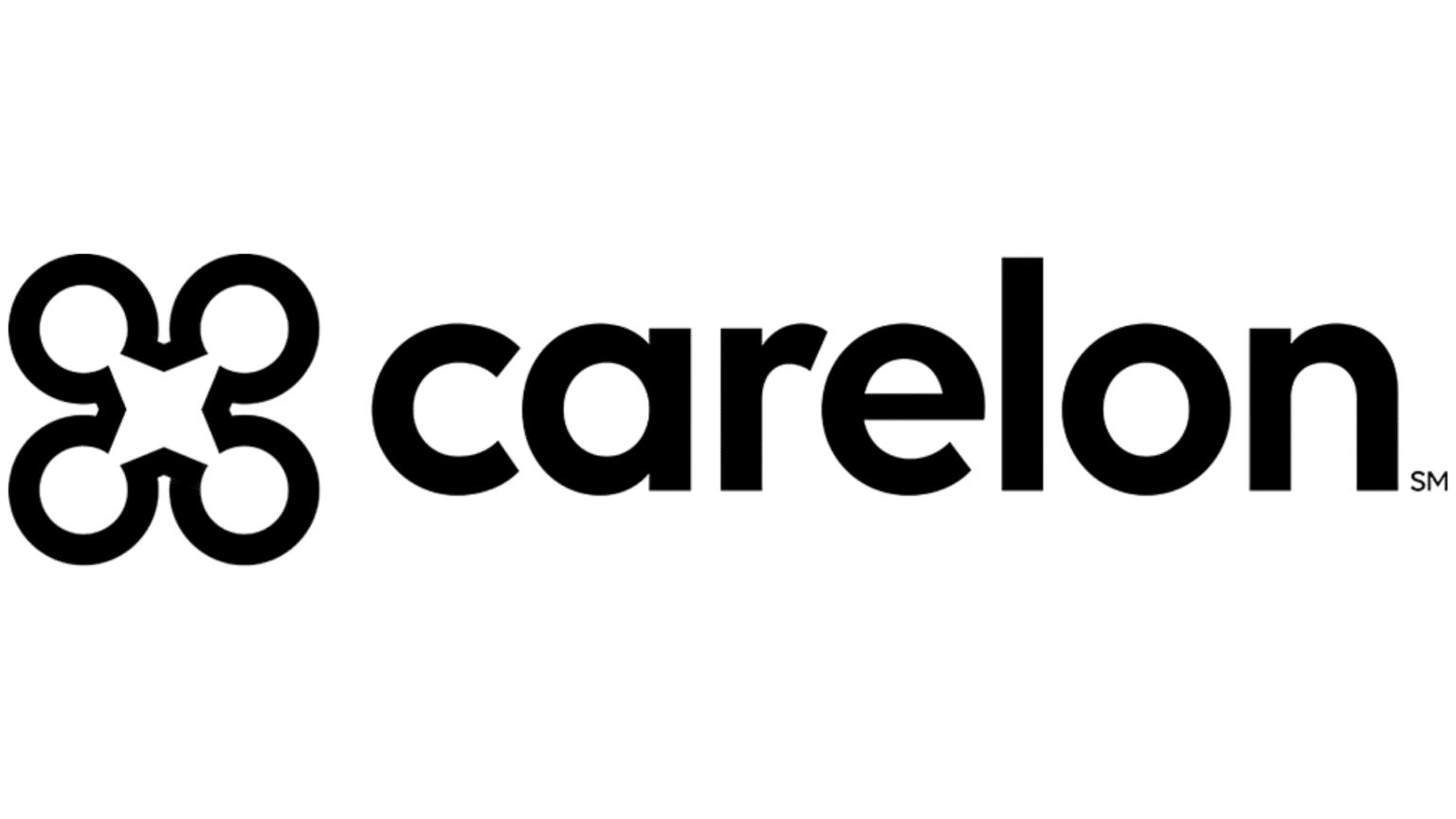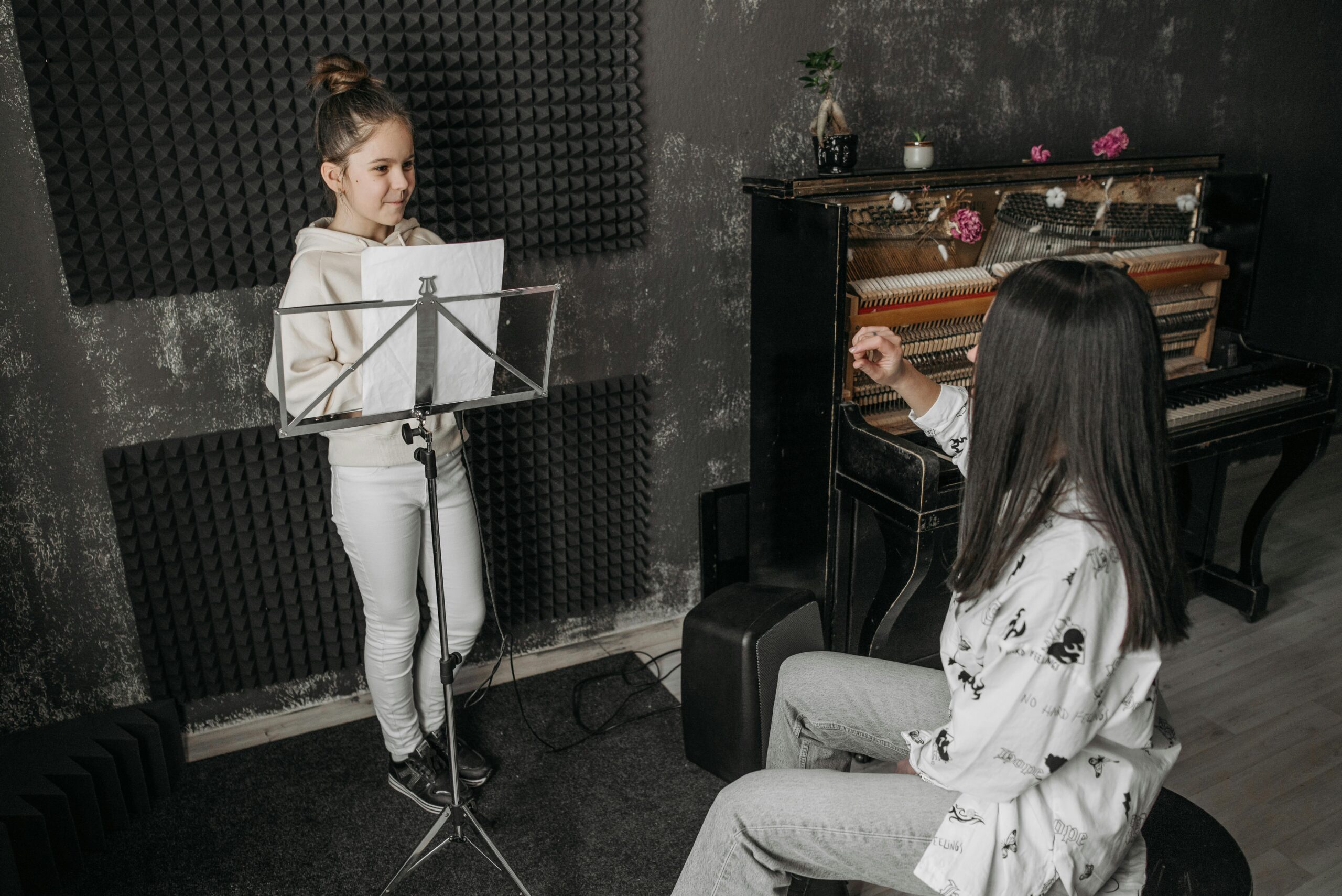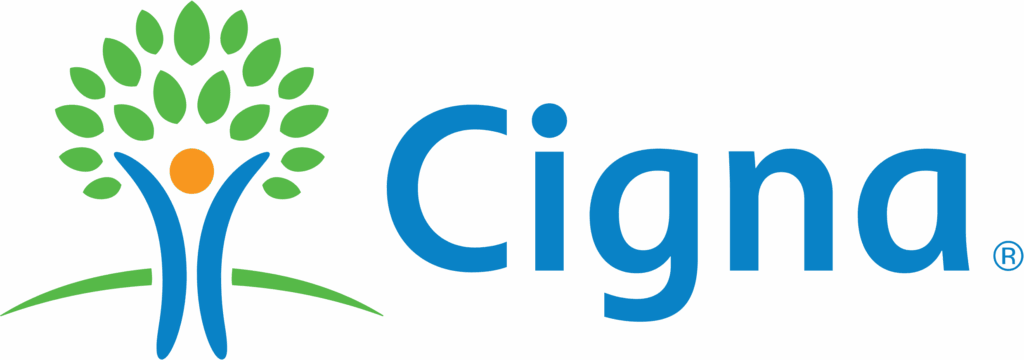Understanding Creative Arts Therapy
Creative arts therapy is an umbrella term that encompasses various therapeutic disciplines that use creative modalities – such as visual art, music, drama, dance, and writing – within a therapeutic relationship to address mental health and substance use issues. It’s not about creating masterpieces or performing for an audience; it’s about the process itself. The focus is on using the creative medium as a tool for self-expression, exploration, and communication under the guidance of a trained therapist. This process can unlock emotions, memories, and insights that traditional talk therapy might not access as readily.
Within the realm of addiction recovery, two of the most commonly utilized forms are art therapy and music therapy. While both fall under the creative arts therapy umbrella and share similar goals – promoting emotional well-being, self-awareness, and healing – they utilize different mediums and techniques.
Art therapy specifically uses visual art materials like paint, clay, markers, collage, and sculpture to facilitate therapeutic work. It provides a non-verbal outlet for expression. For someone struggling to articulate complex feelings related to trauma, shame, or craving, creating an image or object can be a powerful way to externalize these internal states, making them more manageable and understandable. An art therapist is trained not only in art techniques but also in psychology and therapeutic processes, helping clients interpret their creations and the creative process itself to gain insight.
Music therapy, on the other hand, uses music to address physical, emotional, cognitive, and social needs. This can involve listening to music, composing music, singing, playing instruments, or using music for relaxation or mood regulation. Music therapists are trained musicians and clinicians who use music interventions to achieve non-musical therapeutic goals. For example, someone might listen to specific music to evoke certain emotions, analyze song lyrics to identify with experiences, or participate in a group drumming session to build connection and release tension. Music has a direct line to emotions and memory, making it a potent tool for processing trauma and managing mood swings often experienced in early recovery.
The core principle of both art and music therapy in addiction recovery is that they provide a safe, structured way for individuals to explore their inner world, cope with difficult emotions, and develop healthy coping mechanisms. They offer alternatives to destructive behaviors and provide a sense of accomplishment and self-worth often eroded by addiction. These therapies support mental health by addressing underlying issues like anxiety, depression, trauma, and low self-esteem, which frequently co-occur with substance use disorders. By fostering self-expression and emotional regulation, they become invaluable tools for maintaining sobriety and preventing relapse. At Compassion Recovery Center, we integrate these creative approaches into our programs, understanding their profound impact on healing and recovery. If you’re in Orange County or California and looking for flexible, effective
virtual IOP or other
drug rehab programs or
alcohol rehab programs that include innovative therapies,
contact us today.
The Science Behind Art and Music Therapy
While the benefits of creative arts therapy might seem purely experiential, there is growing scientific evidence supporting their efficacy in addiction treatment and mental health support. Research shows that engaging in creative activities like making art or listening to/creating music can have measurable effects on the brain and body, promoting healing and well-being.
Neuroscience research indicates that creative arts therapies engage multiple areas of the brain, including those involved in emotion regulation, memory, sensory processing, and executive functions. For instance, making art activates areas related to introspection and self-awareness, while listening to music can trigger the release of dopamine, a neurotransmitter associated with pleasure and reward – similar to what substances do, but in a healthy, non-addictive way. This can help improve mood and motivation during the challenging stages of withdrawal and early recovery. Music also has a profound effect on the limbic system, the part of the brain responsible for emotions and memory, making it a powerful tool for processing trauma and accessing buried feelings.
Art therapy has been shown to reduce cortisol levels, the body’s primary stress hormone, indicating a direct physiological impact on stress reduction. The act of creation provides a sense of control and focus, which can be grounding for individuals experiencing anxiety or racing thoughts. It allows for a safe exploration of difficult experiences without the pressure of finding the “right” words. The visual nature of art can also help individuals identify patterns in their thoughts and behaviors, leading to greater self-awareness.
Music therapy utilizes the brain’s natural response to rhythm and melody. Techniques like guided imagery with music can induce relaxation and altered states of consciousness, useful for managing cravings and reducing anxiety. Playing instruments, even simple percussion, can improve motor skills, coordination, and provide a sense of accomplishment. Group music activities foster social connection and belonging, combating the isolation often felt by those in recovery. The brain’s ability to process and respond to music makes it a unique pathway for emotional expression and cognitive restructuring.
Numerous studies have explored the impact of creative arts therapy in addiction treatment settings. While individual case studies are varied, the collective evidence suggests that these therapies can significantly improve treatment engagement, reduce anxiety and depression symptoms, help process trauma, enhance self-esteem, and provide healthy coping mechanisms. They offer alternative ways to manage stress and cravings, key factors in preventing relapse. By providing non-verbal avenues for expression and processing, they can reach individuals who struggle with traditional talk therapy or who have experienced trauma that makes verbalization difficult.
The integration of creative arts therapy into comprehensive treatment plans, such as the
Intensive Outpatient Program (IOP) or
Partial Hospitalization Program (PHP), offered virtually by Compassion Recovery Center, leverages these scientifically supported benefits. By combining the therapeutic power of art and music with evidence-based practices like
online CBT therapy, we provide a multi-faceted approach to healing. This holistic model addresses addiction not just as a physical dependence but as a complex interplay of psychological, emotional, and social factors. This comprehensive approach is available through our
Virtual IOP Program, making effective recovery support accessible to individuals in Orange County, California, and beyond.
Verify your insurance online to see how our programs can support your recovery journey.
Benefits of Art Therapy in Sobriety
Art therapy offers a unique pathway to healing and self-discovery during the recovery process. For individuals navigating the complexities of sobriety, it provides powerful tools for emotional expression, self-exploration, and building resilience. Unlike verbal communication, art allows for a more intuitive and less filtered form of expression, which can be particularly helpful when words fail or when dealing with sensitive or traumatic experiences.
One of the primary benefits of art therapy in sobriety is facilitating emotional expression and processing. Addiction often involves suppressing difficult emotions or using substances to numb them. In recovery, these feelings – shame, guilt, anger, sadness, fear – can resurface intensely. Art provides a safe container to explore and release these emotions visually. Drawing, painting, or sculpting can externalize internal turmoil, making overwhelming feelings feel more manageable. A tangled mess of lines might represent confusion, while vibrant colors could signify hope or joy. The art piece itself becomes a tangible representation of an internal state that can be reflected upon and discussed with a therapist. This process of externalizing and processing emotions is crucial for healing and preventing relapse.
Art therapy also plays a significant role in building self-esteem and confidence. Addiction often erodes an individual’s sense of worth and capability. The act of creating something, regardless of perceived artistic talent, can be incredibly empowering. Completing an art project provides a sense of accomplishment. The therapeutic focus is always on the process and the individual’s experience, not on the aesthetic outcome. This non-judgmental environment allows individuals to experiment, take risks, and discover new aspects of themselves. Seeing their creations can help individuals recognize their ability to express, cope, and produce something meaningful, countering negative self-perceptions developed during active addiction. This newfound confidence can translate into other areas of life, strengthening their resolve in recovery.
Furthermore, art therapy is highly effective in reducing stress and anxiety, common triggers for relapse. The creative process itself can be meditative and calming. Focusing on mixing colors, the feel of clay, or the rhythm of drawing can draw attention away from anxious thoughts and worries. Art allows for a healthy release of tension. Scribbling forcefully can help release anger, while creating soothing patterns can promote relaxation. The therapist guides the individual in using art materials and techniques specifically to manage stress and anxiety in the moment and to develop these skills as long-term coping strategies. Learning to manage stress and anxiety through healthy means like art is a vital component of sustainable sobriety.
In the context of remote treatment, like the
Virtual IOP Program offered by Compassion Recovery Center in Orange County, California, art therapy is adapted for online delivery. Therapists provide guidance on materials that are easily accessible at home and structure sessions to facilitate connection and expression through video conferencing. Clients can share their artwork on screen and discuss their process and feelings in real-time with the therapist and potentially a virtual group. This ensures that the profound benefits of art therapy remain available and integral to the recovery journey, even when treatment is delivered remotely. If you are seeking
drug rehab programs or
alcohol rehab programs that offer innovative, remote therapies,
reach out today to learn more about our approach.
Benefits of Music Therapy in Sobriety
Music is a universal language that deeply affects our emotions, memories, and physical states. In addiction recovery, music therapy harnesses this power to facilitate healing, emotional regulation, and connection. It offers a dynamic and engaging way to work through the challenges of sobriety and build a strong foundation for the future.
Music serves as an incredibly effective tool for emotional regulation. Individuals in recovery often experience intense mood swings, irritability, and difficulty managing difficult feelings without substances. Music can be used intentionally to shift emotional states. Listening to calming music can reduce anxiety and promote relaxation, while energetic music can help combat feelings of lethargy or depression. Music therapists use specific techniques, such as guided listening, lyric analysis, or improvisation, to help clients identify, express, and manage their emotions in a healthy way. For example, exploring the lyrics of a song might help a client articulate feelings of isolation or hope that they couldn’t otherwise express. Creating music together in a group setting can foster a sense of harmony and cooperation, helping individuals learn to navigate interpersonal dynamics without substance use.
Beyond managing difficult emotions, music therapy is also powerful in enhancing mood and motivation. Addiction can drain motivation and leave individuals feeling numb or apathetic. Music has a direct line to the brain’s reward system and can naturally boost mood. Engaging in musical activities – whether singing, playing an instrument, or even just moving to a beat – can release endorphins and other feel-good chemicals. Music therapy sessions can be designed to be uplifting and energizing, helping clients rediscover joy and motivation that may have been lost during active addiction. The shared experience of creating or enjoying music in a therapeutic setting can also combat feelings of loneliness and foster a sense of connection and shared purpose, vital for maintaining motivation in recovery.
Various music therapy techniques are used in addiction recovery, tailored to individual or group needs. Receptive methods involve listening to music for relaxation, stress reduction, or exploring specific themes. Active methods involve creating music, such as drumming, singing, or composing, which can be used for expression, communication, or processing trauma. Lyric analysis involves discussing the meaning of song lyrics and how they relate to the client’s experiences. Songwriting can be a powerful tool for individuals to tell their own story, process past events, or articulate their hopes for the future. Group drumming circles are often used to build community, practice rhythm and timing (symbolic of structure and consistency in life), and release tension.
At Compassion Recovery Center, music therapy is a valuable component of our
Virtual IOP Program and other telehealth services. Delivered remotely via secure video conferencing, therapists guide clients through listening exercises, encourage sharing music that is meaningful to them, facilitate virtual group music activities, and use music as a backdrop or focus for relaxation and processing. This allows clients in Orange County and throughout California to access the powerful benefits of music therapy from the privacy and comfort of their own homes, integrating this creative healing modality into their comprehensive recovery plan. Exploring
telehealth addiction treatment that includes music therapy can provide the emotional support and regulation tools needed for successful sobriety. To learn more about how music therapy is integrated into our remote programs, please
contact us or visit our
admissions page to
verify your insurance online.
Integrating Creative Arts Therapy with Other Treatments
Effective addiction treatment is often most successful when it employs a multi-faceted approach, combining various therapeutic modalities to address the complex nature of substance use disorders. Creative arts therapy is rarely used in isolation but rather integrated seamlessly with traditional evidence-based therapies, creating a more comprehensive and holistic treatment experience. This integrated model allows for a deeper level of healing, addressing not only the behavioral aspects of addiction but also the underlying emotional, psychological, and even spiritual factors.
Creative arts therapy complements traditional therapies like Cognitive Behavioral Therapy (CBT) and Dialectical Behavior Therapy (DBT) beautifully. While CBT focuses on identifying and changing negative thought patterns and behaviors, and DBT focuses on emotional regulation and coping skills, creative arts therapy provides a non-verbal pathway to explore the feelings and experiences that fuel those thoughts and behaviors. For example, in a CBT session, a client might identify a negative thought like “I’m worthless.” An art therapy session could then involve creating an image that represents this feeling, providing a tangible way to explore its origins and intensity, making the work in CBT sessions more impactful. Similarly, for someone learning distress tolerance skills in DBT, music therapy could be used to practice grounding techniques or find music that helps soothe intense emotions. Creative expression can also be used to visualize and practice new coping skills learned in these therapies.
Creative arts therapy is also highly compatible with medically assisted treatment (MAT), which uses medications in combination with counseling and behavioral therapies to treat substance use disorders. While MAT addresses the physiological aspects of addiction, creative arts therapies provide emotional and psychological support. For individuals on MAT, art or music can be used to process the experience of being on medication, manage side effects like anxiety or restlessness, explore the emotions that arise as the effects of substances wear off, and build a sense of identity beyond addiction. It offers healthy ways to fill the time and emotional space that was once occupied by substance use, reinforcing the behavioral changes supported by MAT. Compassion Recovery Center offers
MAT treatment online as part of our comprehensive virtual care, and creative arts therapy fits naturally into this integrated model.
The role of creative arts therapy in remote
IOP and telehealth addiction treatment is particularly significant. In a virtual setting, where physical interaction is limited, creative arts provide a powerful way for clients to connect with themselves, their emotions, and their therapist, and even with other group members. Remote creative arts sessions can be structured using accessible materials (like paper, pens, simple instruments, or even digital tools) and guided via video conferencing. This allows clients in Orange County, California, and surrounding areas to engage in deep therapeutic work from the privacy and comfort of their homes, overcoming barriers like transportation or scheduling conflicts.
Examples of integrated treatment plans at Compassion Recovery Center might include a client participating in a virtual group art therapy session to explore themes of self-worth, followed by an individual online CBT session to challenge negative core beliefs identified in the art session. Another client might use music therapy techniques learned in a virtual session to manage anxiety before attending an
alcohol rehab program virtual group meeting. For clients with
Dual Diagnosis Treatment needs (co-occurring mental health conditions), creative arts can provide a non-threatening way to explore symptoms of anxiety or depression alongside addiction issues. This integrated, flexible approach delivered through our
telehealth addiction treatment model ensures that clients receive personalized, holistic care that leverages the strengths of various therapeutic modalities, supporting them comprehensively on their journey to sobriety. To understand how our integrated approach can help you,
get help for substance abuse today.
Creative Arts Therapy in Telehealth Settings
Delivering effective addiction treatment remotely requires innovation and adaptation. Creative arts therapy, with its emphasis on process, expression, and non-verbal communication, has proven to be remarkably well-suited for telehealth settings, breaking down geographical barriers and increasing access to vital recovery support, especially for those in areas like Orange County, California, where flexible options are highly valued. Compassion Recovery Center specializes in providing high-quality virtual rehab services, and creative arts therapy is an integral part of our offerings.
Adapting art and music therapy for virtual rehab and online sessions involves thoughtful planning and leveraging technology. For art therapy, therapists guide clients on using materials readily available at home, such as paper, pencils, crayons, markers, or paint. Sometimes, clients might receive simple supply kits. Sessions are conducted via secure video conferencing platforms. Clients create art during the session or bring pre-assigned work to discuss. They can share their artwork by holding it up to the camera, using a document camera if available, or even taking a photo to share digitally. The therapist observes the client’s creative process and discusses the completed work, focusing on the emotions, thoughts, and insights that arose during creation. The core therapeutic dialogue around the art remains effective, even at a distance.
Music therapy in telehealth can involve listening to music together (using screen sharing or shared playlists), analyzing lyrics displayed on screen, using readily available instruments (even household items as percussion), guided relaxation exercises with music, or singing/playing along to pre-recorded tracks. Group music therapy sessions can use interactive music platforms or simply involve participants contributing vocally or with instruments from their individual locations, fostering a sense of shared experience despite the physical distance. Therapists utilize the interactive features of video platforms to maintain engagement and facilitate connection through musical activities.
The benefits of remote therapy for clients in California and beyond are numerous, particularly when incorporating creative arts. Firstly, it offers incredible convenience and accessibility. Clients can attend sessions from the privacy and comfort of their own homes, eliminating the need for travel, which saves time and reduces stress. This is especially beneficial for individuals with mobility issues, health concerns, or those living in rural or distant areas of California who might otherwise lack access to specialized addiction treatment centers. For individuals who might feel intimidated by attending in-person group sessions initially, the virtual format can feel less daunting, making it easier to engage with potentially vulnerable creative processes.
Remote therapy also allows individuals to maintain their daily routines, work, and family responsibilities while receiving intensive treatment like our
Virtual IOP Program. Integrating creative arts into this structure means clients can immediately apply the coping skills and emotional regulation techniques learned in therapy to their real-life environments. This immediate application can strengthen the connection between therapy and daily living, promoting more sustainable recovery. For families in Orange County seeking
drug rehab programs or
alcohol rehab programs, telehealth offers a way for their loved ones to receive high-quality care without relocating, allowing for easier family involvement where appropriate.
Compassion Recovery Center has seen many success stories in our telehealth programs, including those incorporating creative arts. Clients report feeling deeply connected to their therapists and group members through shared virtual creative experiences. They appreciate the ability to express themselves non-verbally and process difficult emotions in a safe, guided environment. Many find that the skills learned in virtual art or music therapy sessions, such as using art for stress relief or music for mood regulation, are easily integrated into their daily lives, becoming valuable tools for maintaining sobriety. The adaptability of creative arts therapy to the online format ensures that clients receive a rich, engaging, and effective therapeutic experience, supporting their journey toward lasting recovery. If you’re exploring
telehealth addiction treatment options in Orange County or California,
contact us to discover the benefits of our
Virtual IOP Program and how creative arts can be part of your recovery.
How to Get Started with Creative Arts Therapy
Deciding to seek help for addiction and exploring therapeutic options like creative arts therapy is a significant step towards recovery. If the idea of using art or music to support your sobriety resonates with you, understanding how to get started can make the process feel less overwhelming. The path to incorporating creative arts therapy into your treatment often begins with finding the right program and qualified professionals.
The first step is typically acknowledging that you want help and are open to different therapeutic approaches. Creative arts therapy works best when you are willing to engage with the process, even if you don’t feel “artistic” or “musical.” Remember, the focus is on expression and healing, not on producing polished work. Once you’re ready, you can start exploring programs that offer creative arts therapy as part of their curriculum. Since you’re likely seeking flexible, accessible care, especially if you’re in Orange County or California, looking for
telehealth addiction treatment or
virtual rehab California options is a great starting point.
Finding qualified therapists and programs is crucial. Look for licensed or certified art therapists (ATR-BC) or music therapists (MT-BC). These professionals have specific training in both their creative modality and therapeutic practice, understanding how to safely and effectively use art or music to address clinical goals, such as those related to substance use disorders and
mental health treatment. Addiction treatment centers that offer comprehensive programs like
Intensive Outpatient Program (IOP) or
Partial Hospitalization Program (PHP) often include creative arts therapy in their curriculum. For remote options, ensure the program specifically mentions integrating these therapies into their online format, like the
Virtual IOP Program at Compassion Recovery Center. You can ask potential programs about the qualifications of their creative arts therapists and how these therapies are delivered in a virtual setting.
What to expect in a creative arts therapy session can vary depending on the therapist, the modality (art or music), and whether it’s an individual or group session. Generally, a session will begin with a check-in, where the therapist and client discuss how they are feeling. Then, the therapist will introduce a creative intervention or prompt. For instance, in art therapy, you might be asked to “draw how you feel today,” “create an image that represents a challenge you are facing,” or “use colors to express different emotions.” In music therapy, you might listen to a piece of music and discuss your reactions, use percussion instruments to express anger, or participate in collaborative songwriting.
The main part of the session involves engaging in the creative activity. The therapist observes the process – how you interact with the materials or music, your demeanor, and what emerges. After the creative work is complete, the therapist facilitates a discussion about the experience and the artwork or music created. This is where the therapeutic processing happens. You’ll be invited to share what you noticed, felt, or thought while creating, and what the finished piece or musical experience means to you. The therapist helps you connect the creative experience to your recovery goals, emotions, and challenges, facilitating insight and growth. Sessions conclude with a wrap-up, often discussing insights gained and setting intentions. In a virtual setting, materials might be discussed beforehand, and sharing your work happens via camera.
It’s normal to feel a bit apprehensive before your first creative arts therapy session, especially if you don’t consider yourself creative. Remember that the goal is therapeutic, not artistic or musical excellence. Approach it with an open mind and a willingness to explore. Creative arts therapy can be a powerful complement to therapies like
online CBT therapy or support for those utilizing
MAT treatment online, adding a rich dimension to your recovery journey. If you’re in Orange County or anywhere in California and interested in exploring flexible, effective remote addiction treatment that includes creative arts therapy, Compassion Recovery Center is here to help.
Verify your insurance online or
contact us for a confidential assessment to learn how to
start your recovery journey today.
Conclusion
The journey to sobriety is transformative and multifaceted, requiring support that addresses every aspect of a person’s well-being. While traditional therapies provide essential frameworks and tools, creative arts therapy offers unique and powerful pathways for emotional expression, self-discovery, and healing that are vital for building a fulfilling life in recovery. Using art and music, individuals can access feelings and experiences that are difficult to articulate verbally, process trauma in a safe environment, reduce stress and anxiety, boost self-esteem, and connect with themselves and others on a deeper level.
As we’ve explored, art therapy provides a visual language for internal states, helping individuals externalize and process complex emotions, build confidence through the act of creation, and find healthy ways to manage stress. Music therapy harnesses the profound impact of sound and rhythm on the brain and emotions, offering tools for emotional regulation, enhancing mood and motivation, and fostering connection through shared musical experiences. Both modalities are supported by science, demonstrating measurable benefits in reducing symptoms of anxiety and depression, improving self-awareness, and supporting long-term sobriety.
Crucially, creative arts therapy integrates seamlessly with other evidence-based treatments like CBT and MAT, offering a more comprehensive and holistic approach to care. At Compassion Recovery Center, we recognize the immense value of this integrated approach. Our commitment to providing accessible, flexible, and effective treatment, particularly through our
telehealth addiction treatment programs, means we have successfully adapted creative arts therapy for remote delivery. This allows clients in Orange County, California, and across the state to benefit from these powerful healing modalities from the comfort and privacy of their homes.
Remote art and music therapy sessions provide the same therapeutic benefits as in-person sessions, facilitated by qualified therapists using secure technology. This virtual format removes barriers to access, enabling more individuals to receive the support they need to overcome addiction and address co-occurring conditions like those requiring
Dual Diagnosis Treatment or specialized
Mental Health Treatment. Whether you are seeking
drug rehab programs or
alcohol rehab programs, incorporating creative arts therapy can add a vital dimension to your healing process.
If you are ready to explore a different path to recovery, one that engages your creativity and offers innovative ways to process your experiences, consider how creative arts therapy can be part of your journey. It’s not about being an artist or musician; it’s about opening yourself to new possibilities for healing and growth. The team at Compassion Recovery Center is here to support you every step of the way. We offer flexible, remote programs tailored to your needs, delivered with compassion and expertise. Our
Virtual IOP Program is designed to fit into your life while providing the intensive support necessary for lasting sobriety.
We encourage you to explore creative arts therapy as part of a comprehensive treatment plan. Taking this step can unlock new levels of self-understanding and provide powerful tools for maintaining sobriety. To learn more about how Compassion Recovery Center integrates art and music therapy into our
virtual rehab California services, or to discuss your individual needs, we invite you to reach out. Our compassionate team is available to answer your questions and guide you through the admissions process. Don’t wait to
get help now.
Contact us for a confidential assessment or visit our
admissions page to
check insurance coverage and take the first step towards a healthier, more vibrant future in recovery. Your creative journey to sobriety awaits.
How does art therapy help in recovery?
Art therapy helps in recovery by providing a non-verbal way to express and process difficult emotions, traumatic experiences, and thoughts related to addiction. It helps reduce stress and anxiety, builds self-esteem and confidence through the act of creation, and provides insights into behaviors and feelings, offering healthy coping mechanisms for maintaining sobriety.
What is the purpose of art and music therapy?
The purpose of art and music therapy in addiction recovery is to use creative modalities to facilitate emotional expression, promote psychological healing, develop coping skills, reduce stress, improve mood, enhance self-awareness, and foster connection with self and others. These therapies provide alternative ways to process experiences and build a foundation for sustainable sobriety.
What is the creative arts approach to therapy?
The creative arts approach to therapy uses creative disciplines like visual art, music, drama, dance, or writing as therapeutic tools within a clinical relationship. The focus is on the process of creation and expression, not artistic skill, to help individuals explore emotions, gain insight, manage symptoms, reduce stress, and achieve therapeutic goals related to mental health and substance use disorders.
How does music help with addiction recovery?
Music helps with addiction recovery by providing a tool for emotional regulation, stress reduction, and mood enhancement. Music therapy uses techniques like listening, playing, composing, or analyzing lyrics to help individuals process feelings, manage cravings, improve motivation, and connect with others, offering healthy ways to cope with the challenges of sobriety.
What questions are asked in an art therapist interview?
In an initial art therapy session or assessment, a therapist will typically ask questions to understand your background, reasons for seeking therapy (like addiction or mental health struggles), your relationship with art or creativity (if any), current emotional state, and goals for therapy. They might also use art directives and ask about your experience and feelings while creating the art. The questions focus on understanding you and how art can be a tool in your healing process.
What is the reasoning behind using creative arts in counseling?
The reasoning behind using creative arts in counseling is that they provide alternative, often non-verbal, ways for individuals to express themselves and process experiences that may be difficult to talk about directly. Creative activities engage different parts of the brain, facilitate emotional release, reduce psychological defenses, enhance self-awareness, build coping skills, and can make therapy more engaging and accessible, especially for trauma survivors or those struggling with verbal communication.
